
by Jan Dunn
I’m pleased to be able to tell you about The Bridge Dance Project (BDP), a newly launched cooperative endeavor between leaders in the dance medicine and science field, and the competition / commercial dance field.
The Project began as an outgrowth of conversations between myself, and Kaycee Cope Jones, MS (COO of Apolla Performance Footwear,) in the fall of 2019, following the release of the Apolla Mia Michaels video series on injury prevention in dance. Michaels is an Emmy-award winning choreographer based in Los Angeles, CA, USA.

There has been a growing concern about the increasing number of injuries to young dancers — about the body potentially being “pushed too hard / too far”. In Mia Michael’s video #3, she mentions as an example — a 16-year old dancer with a double hip replacement. The field of Dance Medicine and Science has been in existence for 40 years, and up to this point, has positively influenced primarily the professional ballet and the academic dance communities. Unfortunately, this has had very little crossover into the commercial and competition dance areas.
There have been some efforts to help integrate this work into this dance communities (such as the Artists and Athletes Initiative – AAI – which debuted at the June 2019 National Dance Honors convention in Las Vegas), and overall, there is a strong need for this type of effort to increase.
The goal of the Bridge Dance Project is to build a bridge between the current realm of dance medicine and science and the commercial / competition areas of dance — to bring more information, working collaboratively together, into the daily lives of dancers working in this area.

Although this project was started as an outgrowth of the Mia Michaels / Apolla videos, it is not about endorsing any particular product / project / or endeavor. The BDP is about leaders in both fields coming together to address a specific need in a specific segment of the dance community, independent of any organizations or companies we may otherwise be involved with. Here is what BDP is all about:
Vision Statement – The Bridge Dance Project is a grassroots network supporting the whole-person health and wellness of competition and commercial dancers and teachers by providing current dance medicine and science information.
Mission Statement – The Bridge Dance Project builds bridges between the competition and commercial dance community and the dance medicine and science community by providing easily accessible, readily applicable, and personally empowering information.
The Significance of Our Work – The knowledge we communicate and transfer can contribute to increasing the longevity of dancers’ careers and help them navigate the demands of dance with a 360-degree view of the dancer. We are passionate about our efforts because properly applied education is powerful and will lead to positive and healthy changes for the current and future generations of dancers.
A Board of dance and dance medicine professionals was created to begin the work which we are all envisioning:
- Katie Schaar — Founder of Sugarfoot Therapy / co-founder of MOTI Physical Therapy in Los Angeles / commercial choreographer and convention teacher / AAI team
- Gayanne Grossman, PT —Director of Dance Wellness, Muhlenberg College (PA) / PT for Lehigh Valley Network Performing Arts Wellness Program / BOD of IADMS / author of “Dance Science: Anatomy, Movement Analysis, and Conditioning”
- Selina Shah, MD — Sports and Dance Medicine, BASS Medical Group, / Team Physician – Axis Dance Company, Diablo Ballet Company, Oakland Ballet, San Francisco Ballet School / Healthy Dancers’ Clinic, Mills College / Treasurer and Board of Directors, IADMS / Dance USA Taskforce on Dancer Heath / 4dancers.org Dance Wellness Panel
- Jeff Russell, PhD, ATC, FIADMS –Associate Professor, Athletic Training and Director, Science and Health in Artistic Performance – Ohio University / dance medicine and science researcher / Research Advisory Group – Cirque de Soleil
- Bonnie Robson, MD — Psychiatry / dance medicine in Toronto, CA — formerly with National Ballet School / currently on Dance Wellness Team – Ballet Jorgen / Dance USA Taskforce on Dancer Health
- Robin Kish, MS, MFA — Chapman University Dance Faculty, in Orange, CA / strong background and connections in competition dance / dance science researcher / co -author of recently published second edition of “Dancing Longer Dancing Stronger”
- Teri Rowe, MS – Executive Director, National Dance Coaches Association, based in LeClerc, ID
- Jasmine Challis, BSc – Freelance Registered Dietitian and Eating Disorder Specialist, One Dance UK (London, UK)
- Caroline Lewis-Jones: Health Made Simple PRO, Certified Holistic Health Coach / Institute of Integrative Nutrition, Professional Dancer/Choreographer, Mom on a Mission, Adrenaline Dance Convention Senior Faculty, AAI Team – Columbia, SC
- Heather Southwick, PT, MSPT – Director of Physical Therapy, Boston Ballet / Dance USA Taskforce on Dancer Health
- Jennifer DePaola – Founder, Doctors for Dancers
- Steve Karageanes, DO, FAOSM – Medical Director, St. Mary Mercy Hospital Elite Sports Medicine and Sports Performance / Advisory Board – YPAD
- Jan Dunn, MS / Kaycee Cope Jones, MS – Co-Chairs
Since the BDP was formed, we have created partnerships with dance organizations with whom we share similar goals:
- Acrobatic Arts – AcrobaticArts.com
- Project BreakAlign – www.projectbreakalign.com
- Dancers Network – www.dancersnetworkuk.com
- Doctors for Dancers – www.DoctorsForDancers.com
- I-Path: International Performing Arts and Theatre – www.i-path.biz
- National Dance Coaches Association – www.nationaldancecoaches.org
- Relative Motion – www.therelativemotionexperience.com
- ScapeDanceScience – https://www.scape.sg/scapedance/scapedance-science/
- Sugarfoot Therapy – sugarfoottherapy.com
- YPAD: Youth Protection Advocates in Dance – ypadnow.com
- International Asso.of Child Development Program – https://iacdp.org
BDP Research Projects, under the direction of Board member Dr. Jeff Russell, PHD, AT, FIDAMS are underway, on several topics related to competition / commercial dance.
There are now BDP chapters, both in the USA and EU, including:
- Los Angeles, CA
- Orange County, CA
- San Francisco, CA
- Portland, OR
- Denver, CO
- Detroit / Ann Arbor, MI
- Chicago, IL
- Central New Jersey
- Cincinnati, OH
- Tallahassee, FL
- Philadelphia, PA
- Washington, DC
- UK
- Barcelona, Spain
If you are interested in contacting one of these local chapters, contact the Team Leader (information available on the BDP website).
If you are interested in potentially forming a new group in the USA, contact Jan Dunn at jddanmed@aol.com.
If you are out of the USA, and interested in forming a new chapter, contact Nefeli Tsiouti, MSc, at projectbreakalign@gmail.com.
Current Projects:
- The above-mentioned research, under the direction of Jeff Russell.
- Helping NDCA (National Dance Coaches Asso.) develop national standards for dance team coaches.
- A video on stress in competition dancers, being developed by the Cincinnati chapter.
- Developing a Teachers Handbook in collaboration with I-Path (International Performing Arts and Theatre), for use in their training curriculum.
- Partnering with YPAD (Youth Protection Advocates in Dance), to help increase awareness of sexual abuse issues in dance.
- Developing a workshop in Los Angeles, in collaboration with IADMS (International Asso. for Dance Medicine and Science) and Ballet Beyond Borders, to be held in January (details TBA).
BDP Social Media Information:
Website: https://thebridgedanceproject.com/
Instagram: @thebridgedanceproject
Facebook: https://www.facebook.com / informationBDP/
Dance Spirit magazine article: https://www.dancespirit.com/bridge-dance-project-dance-injury-2641177786.html
Sign up to be on our mailing list at:
https://forms.gle/wrBYdjZBjxLLQzES6
OR you can contact one of the chairs.: Jan Dunn, jddanmed@aol.com / Kaycee Cope Jones, kaycee@apollaperformance.com






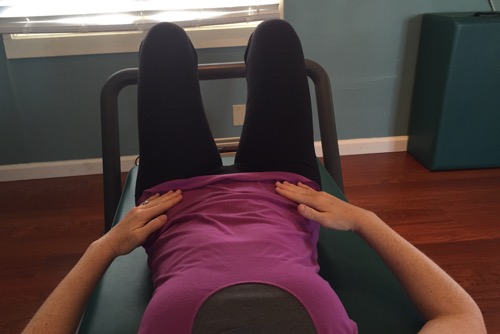

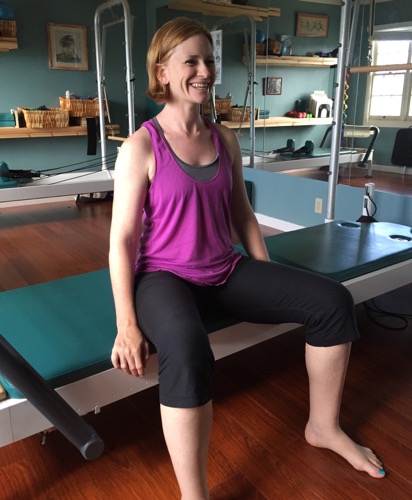
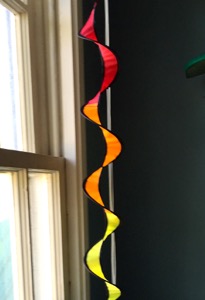
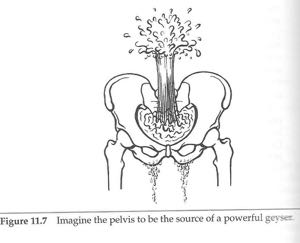
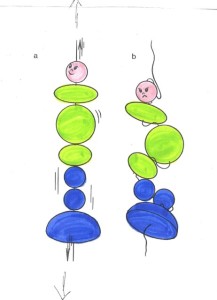
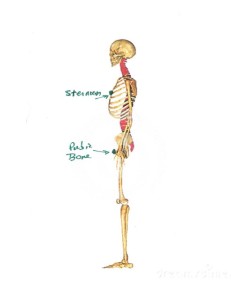
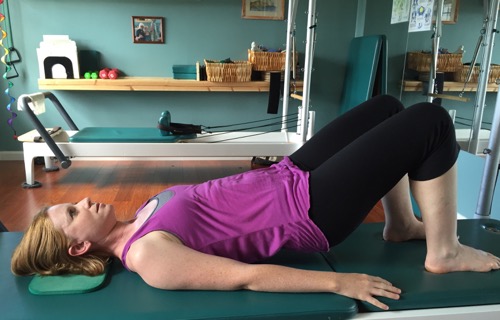
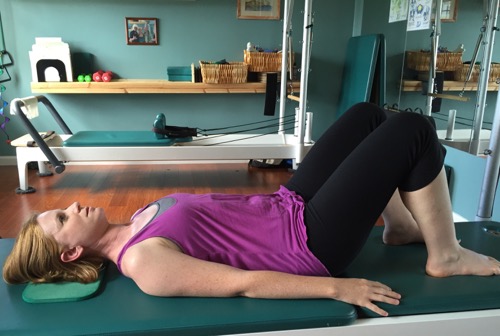
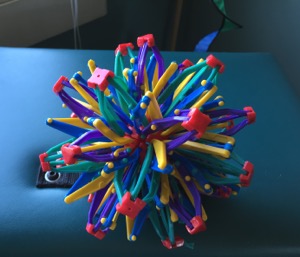
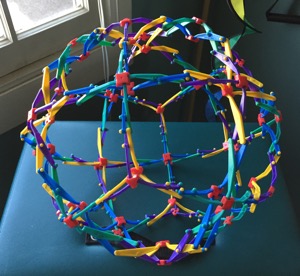
![Henry Vandyke Carter [Public domain], via Wikimedia Commons](http://www.4dancers.org/wp-content/uploads/2015/08/512px-Grays_Anatomy_image392.png)
![By modified by Uwe Gille (Gray397.png) [Public domain, Public domain or Public domain], via Wikimedia Commons](http://www.4dancers.org/wp-content/uploads/2015/08/Transversus_abdominis.png)